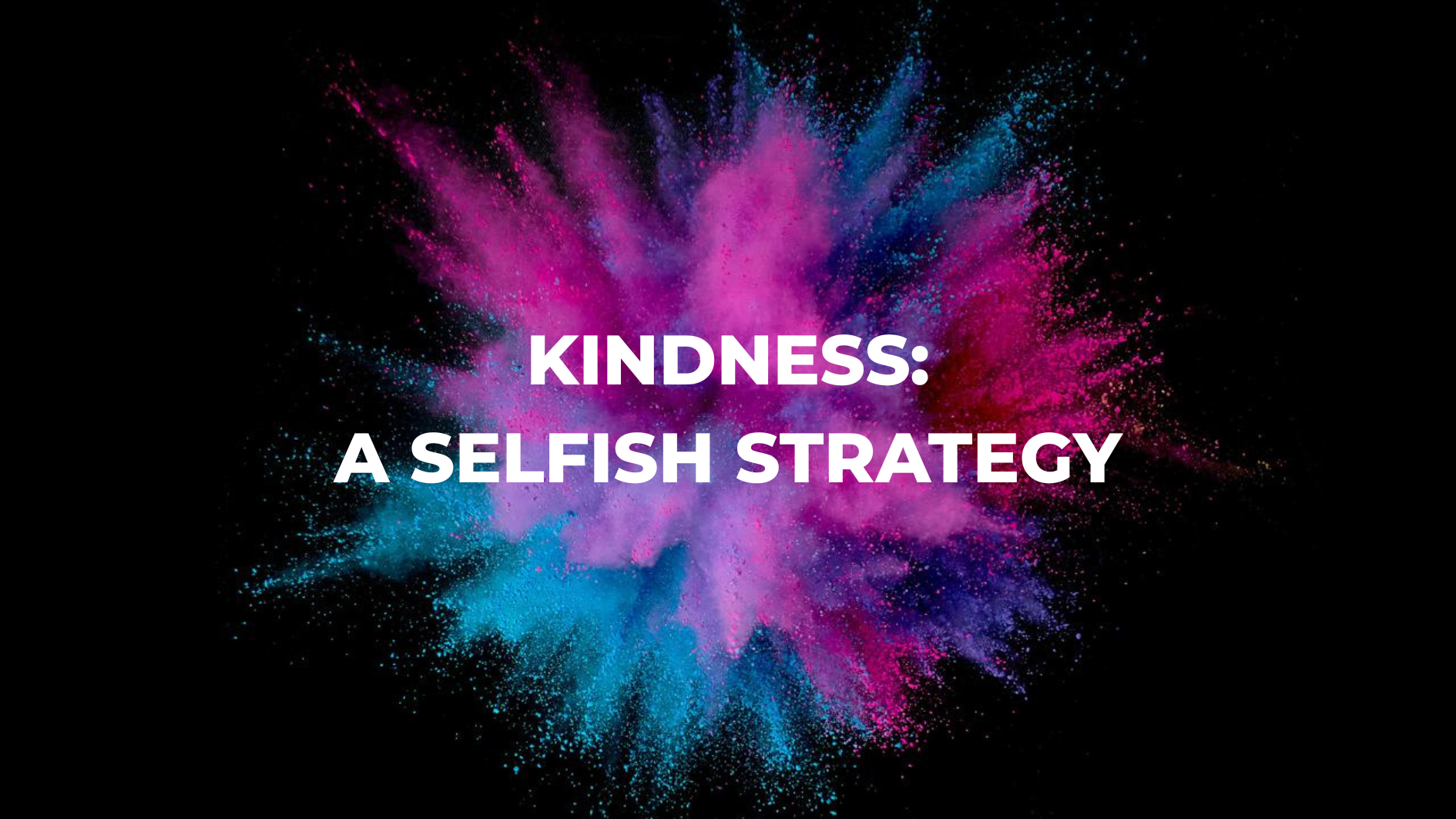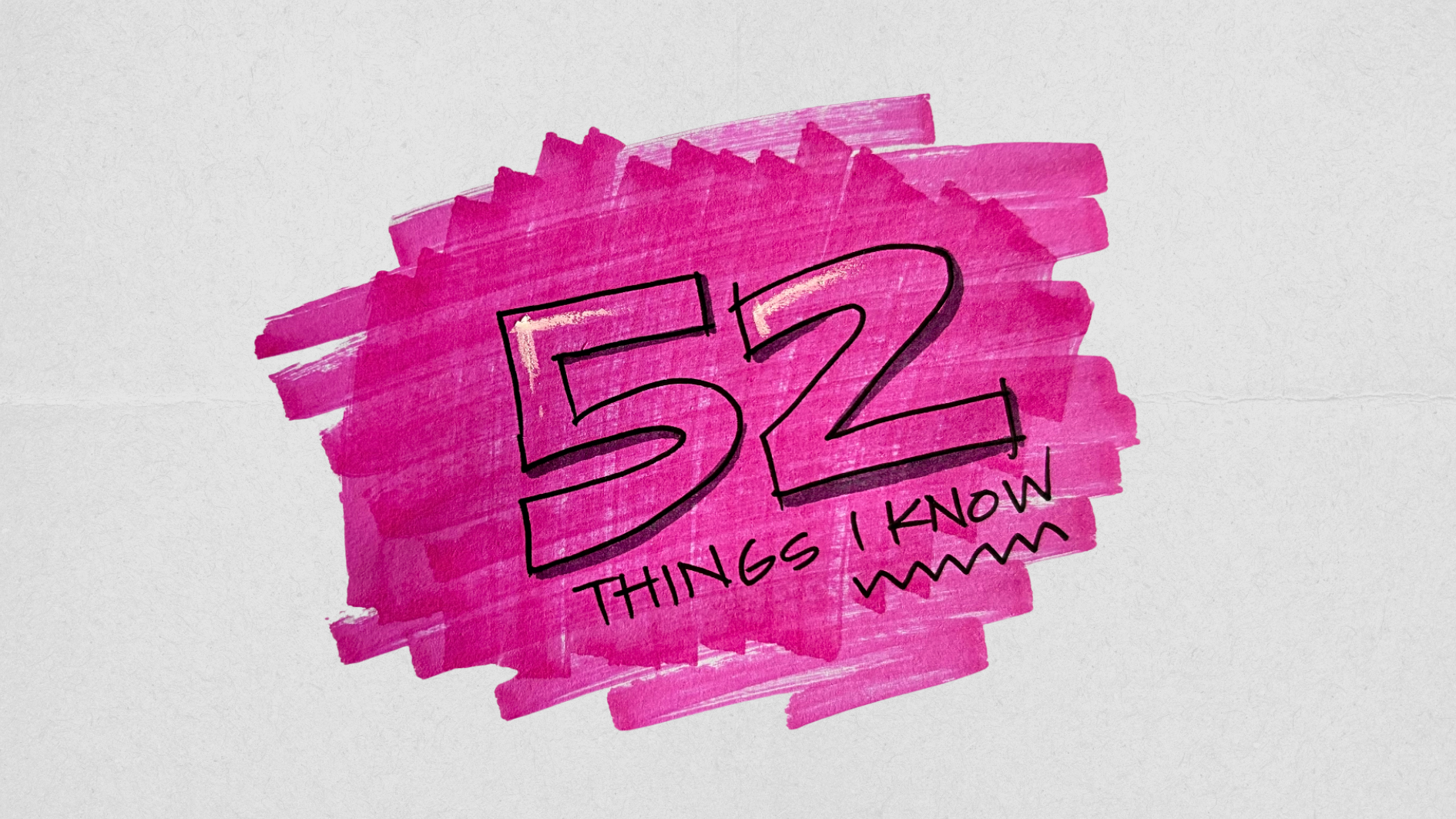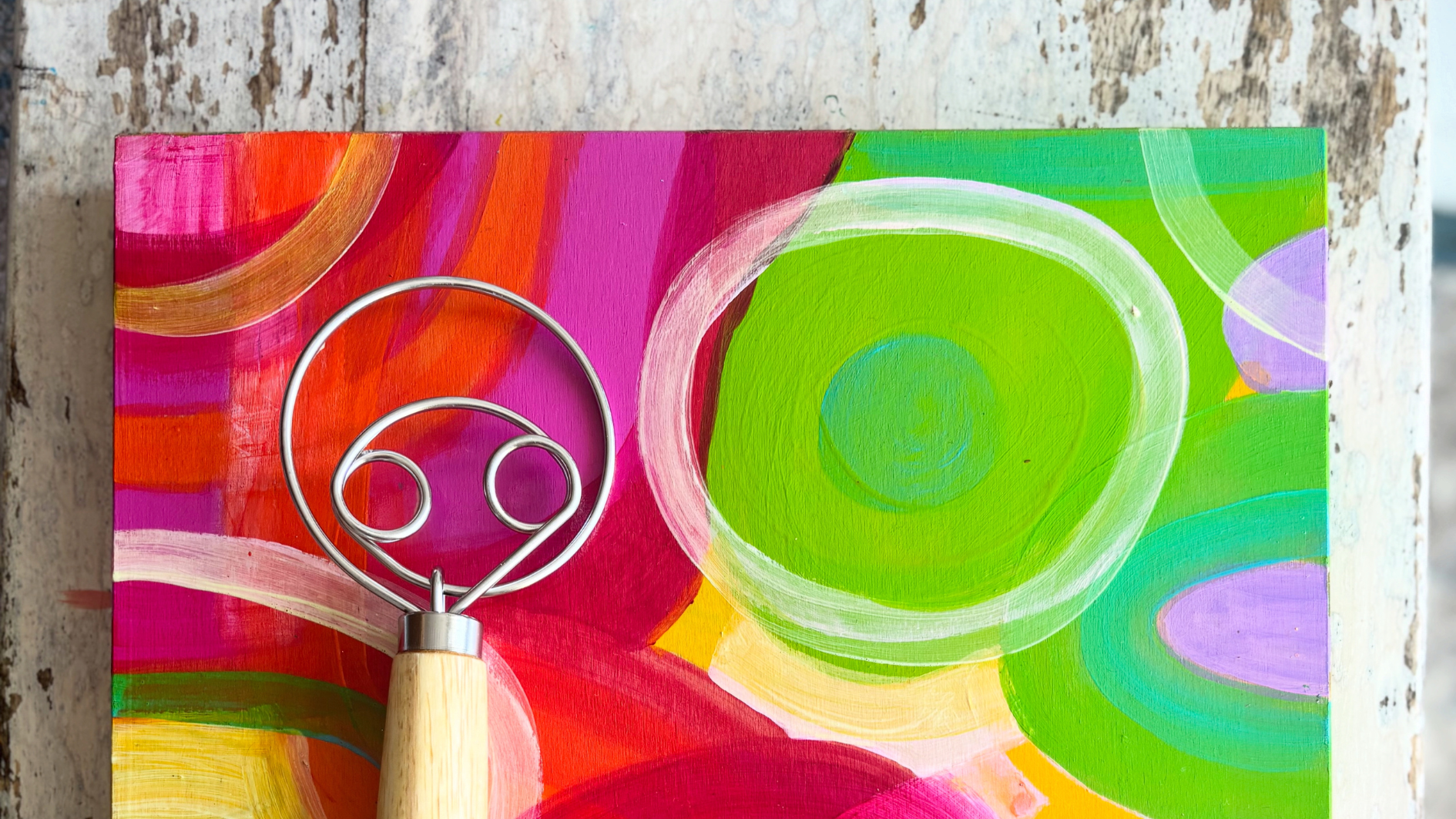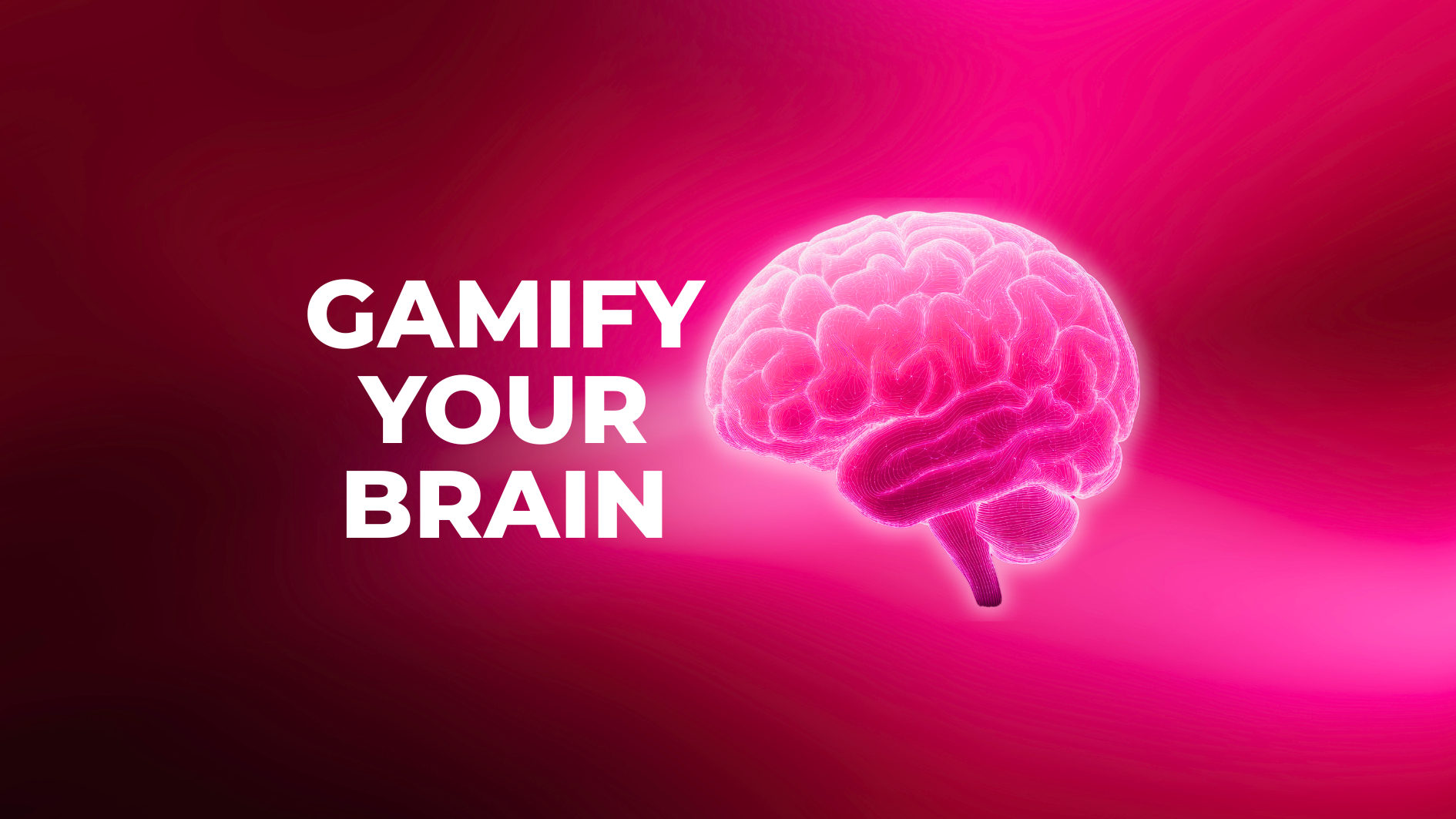We usually think of kindness as a soft skill, something you learn in early childhood then tuck away for polite occasions. But kindness is stepping into the spotlight of late. It’s showing up in neuroscience, workplace culture and even on the balance sheets of purpose-led businesses. It’s also showing up in my speeches delivered all over Australia and it’s the most commented on part of my corporate presentations. The kicker? Kindness doesn’t just make the world a better place, it makes the givers of kindness healthier and happier. Turns out, kindness is not just a nice-to-have, it’s a health strategy.
Research worth $300million conducted by the Kindness Institute has shown that kindness can literally extend your life expectancy. When you are kind to others, the process delivers a cascade of health benefits that start before you even act. Just planning to be kind, thinking about it, lowers your blood pressure. That’s not just cute, it’s crucial: one in five of us will die of something blood pressure-related. It’s a metric worth paying attention to. When was the last time you checked your blood pressure? I donate blood once a month for a few reasons, mainly for the epic snacks but also so that I can check my blood pressure on the reg, without the cost of a doctor’s visit.
Kindness to others also triggers the happy human hormones: serotonin, dopamine, and oxytocin. You feel good, sleep better, make better food choices and your mood improves when you have these three hormones dancing through your system. And here’s the best part: you don’t just receive that hormonal kick when you plan and act. You feel it again when you think back on the kind thing you did, every time.
The best way to milk this situation is to start documenting your kindness. Call it your kindness log, your daily deed diary, or make like a truck driver and call it a logbook. Whatever works for you. I have two notes files on my phone. One is called ‘Cool things I do for others’ and the other is called ‘Cool things that happen to me’. The point is: the more you reflect on your own acts of generosity, the better you feel, and the more likely you are to keep the kindness loop going.
And it keeps getting better: according to research published in The British Journal of Social Psychology, those who are perceived as kind are also rated as more physically attractive. This effect holds true across genders and cultures. So if you’re looking for a makeover, skip the contouring and start with compassion. Generosity is hawt.
It’s also contagious. A long-running study revealed that one act of generosity inspires others to act generously too, even when it would be more rational to act selfishly. This domino effect can ripple through entire social networks. One kind act from you can trigger kindness in a stranger, who may then pass it on to someone else entirely. Kindness, it turns out, is a social contagion worth catching.
Now, let’s take this to the boardroom. Not many leadership conferences include ‘kindness’ on the agenda, but maybe they should. Because the best leaders I have ever worked with are kind. Not weak, not soft-kind. They show kindness to employees, customers, suppliers and even competitors. Kind leaders treat people as whole humans, not just outputs or KPIs.
Imagine if every company’s strategic plan had a kindness column in the budget. What if, for every house a real estate agency sold, they counted the toilets and funded the same number of toilets in Sierra Leone or Madagascar? What if your hiring strategy factored in human dignity?
At a conference I spoke at in Melbourne recently, I noticed that the coffee cart serving delegates was also serving up kindness. I asked them about their mission and the barista explained that their profits go to training homeless people to become baristas. That is what a kindness-driven business strategy looks like. Caffeinated kindness. I felt warm and fuzzy all day after learning that.
Some of the best acts of kindness don’t go viral, they go personal. Like picking someone up from the airport. It’s an act that costs time and fuel but pays in connection. Kindness doesn’t always look like philanthropy. Sometimes it’s letting a friend crash on your couch while they have a break from their partner. Or baking a loaf of sourdough for a neighbour who looks lonely.
We’re often told to put our own oxygen mask on first, and yes, self-care matters. But studies increasingly show that helping others can be a more effective form of emotional and physical nourishment. Altruism lowers depression risk, boosts life satisfaction, and fosters stronger social bonds.
In summary, kindness isn’t weak. It isn’t fluffy. It isn’t something you add to your week like a multivitamin. It’s fundamental. It’s a leadership tool, a wellness strategy, and a quiet rebellion against burnout culture.
If you’re leading a team, raising kids or just trying to make it through a Tuesday, choose kindness. Then write it down. Reflect on it. Brag about it to yourself. Because kindness isn’t just for others. It comes back to you, every single time.
It’s the most beautiful kind of selfishness.



